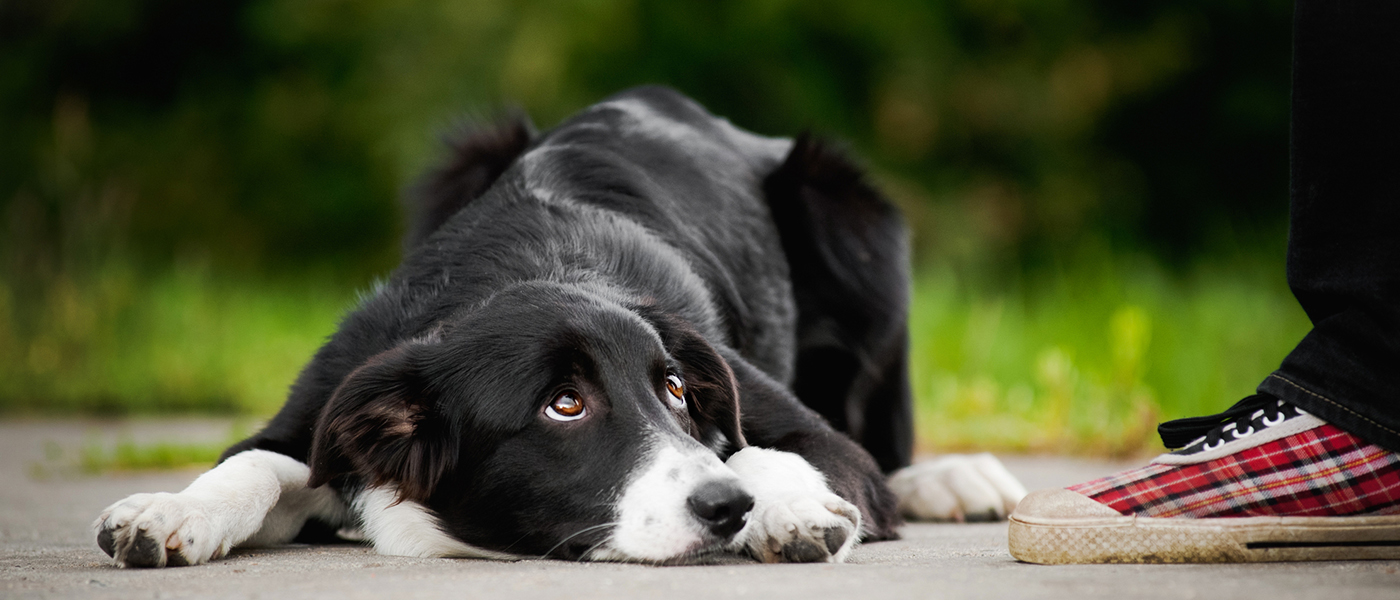
How to Recognize and Remedy a Mildly Anxious Dog
April 10, 2018
Canine Anxiety Doesn’t Just Affect Rescue Dogs
June 6, 2018We all know that many families get a dog only to realize they cannot properly care for it, or the dog has become an inconvenience. As I mentioned in my last post, “Dog Ownership – It’s Your Responsibility,” it’s important to remember that owning a dog is a commitment, and dogs should never be taken home on a whim. So many people will unfairly bring dogs to shelters when they decide the dog is not a good fit for their lifestyle. Or for reasons like; he’s no longer a cute puppy; you decided to move to a nicer apartment and they don’t allow your breed of dog. I cannot stress enough, if you don’t want a dog for LIFE, please don’t get a dog.
There are however a few circumstances when it is absolutely necessary to rehome a dog, and only then is it appropriate. If your home or lifestyle is no longer beneficial or safe for the dog, then consider letting the dog go to a proper home. Remember, this is a last resort and at Training Tails, we offer free consultations to assist families struggling. It is our goal to help you keep your dog for its lifetime, to help strengthen and deepen the bond between canines and their owners.
Let’s talk about rehoming.
Again, rehoming a dog is an absolute last resort decision. After you have exhausted all other options, rehoming is a decision made in the best interest of the dog. There is a recommended way of safely rehoming a dog you can no longer care for. Follow these steps to ensure the dog will be welcomed by a loving, caring owner.
Describe your dog and its ideal new home.
List your dog’s traits and temperament to potential new owners. Don’t leave anything out. Describe your dog’s nature, likes, dislikes, breed, quirks, and more. It’s important to list the size of the dog, its background, any known facts about the dog, and who the dog is used to being around. If your dog is used to a big yard, and a family with kids, then you should list those things. If your dog is anxious around children or has any other quirks that potential new owners should know, then be sure to mention them. In essence, you are aiming to draw in the perfect new family for your dog. You will want to find the right match.
Make sure your dog is ready to go to someone new.
It’s important that the dog has had proper vet care, any vaccinations, or treatments needed before you hand the dog off to another family. Be sure the pup is well-groomed and looks handsome, too!
Advertise your dog for a new home.
Start with family and friends, and people you know will be great caretakers. You may be surprised who will be interested in welcoming your dog. It’s important to note that if you do give your dog to someone you know, to say goodbye to the dog, and do not make regular visits. This will be confusing for the dog and will leave you feeling guilt or grief. The dog will adapt to its new home faster without visits from its former family. Be sure to inquire at no-kill shelters, rescue leagues, and animal welfare groups. Often times, they have “adoption days” and dogs are taken home by qualified owners that have been checked out by the agencies.
Interview new families.
If you choose to give the dog to someone on your own, interview them and ask plenty of questions. You’ll want to know what new environment the dog will be in, who the dog will be with, and how experienced the person is as an animal owner. You’ll want to understand the type of lifestyle this person lives. For example, going on frequent business trips might not be the right fit if the dog will be left alone. Ask questions, and then ask some more. Once you have decided someone may be a great fit, then ask to visit their home where the dog will be staying. Many shelters do this, to make sure the home is safe and suitable for an animal. If the person is serious and considerate, then they won’t hesitate to let you view their home.
Introduce the dog to the potential new owners.
Once you have narrowed down the prospects and chosen the right person, introduce the dog to them. Let the dog get to know and interact with this person. You’ll want your dog to be familiar with them.
Say goodbye.
Give your dog a proper goodbye and make sure the dog is comfortable with the new family. Take time to grieve the loss, and make sure you give the dog space to get acquainted with the new family. As stated above no visits is the best course of action to allow your dog to completely accept his new family.
If you are struggling with your dog’s behavior, proper training is the best place to start. Contact Training Tails for a free consultation.




